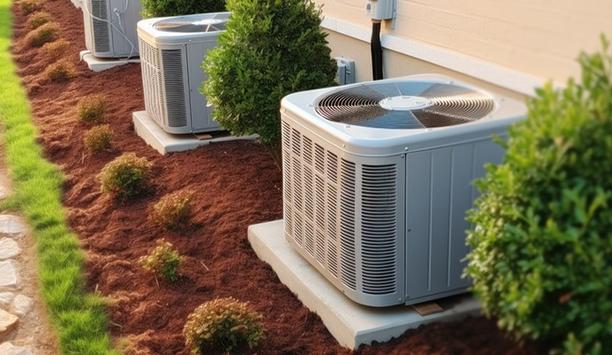Machine learning provides a tool to lower energy costs in a building, and Honeywell has launched a platform that incorporates the newer technology. Combining self-learning algorithms with building automation, Honeywell Forge Energy Optimization is a cloud-based system that analyzes a building’s energy consumption pattern and adjusts its settings.
“We can help building portfolio owners fine-tune their energy expenditures to drive efficiencies and create more sustainable practices,” says David Trice, Vice President and General Manager, Honeywell Connected Buildings.
Autonomous building solutions
Honeywell says the autonomous, closed-loop building solution may deliver double-digit energy savings while decreasing a building’s carbon footprint. It can be implemented without significant capital expense or changes to a building’s current operational processes.
The system autonomously and continually optimizes a building’s internal set points across hundreds of assets every 15 minutes by evaluating whether the HVAC system is running at peak efficiency. When analyzing when to make an adjustment, the system considers factors such as time of day, weather, occupancy levels and other data points.
The system considers factors such as time of day, weather, occupancy levels
Honeywell Forge Energy Optimization calculates its decisions 96 times per 24-hour period in every building in a portfolio. Deployment is a simple plug-and-play process with no changes needed to business mechanics. Systems do not need to be rip-and-replaced.
Results of the technology
The technology has been demonstrated in a pilot at Hamdan Bin Mohammed Smart University in Dubai, United Arab Emirates, achieving an initial 10% energy savings. The pilot achieved the extra savings over and beyond what was achieved earlier in the highly smart, energy-efficient building with fully connected lighting, cooling, building management, power and efficiency control optimized based on real-time occupancy. The pilot also uncovered local control issues with the chiller plant and fresh air handling unit that were not adjusting to set points.
“Honeywell Forge [was able] to drive further energy savings beyond our achievable optimization with the techniques we [had],” says Dr. Mansoor Al Awar, HBMSU’s Chancellor. The university is collaborating with Honeywell to support the advancement of artificial intelligence (AI) and machine learning to drive operational efficiencies.
Energy consumption in commercial buildings is significant. Buildings and buildings construction combined are responsible for more than 36% of global final energy consumption and nearly 40% of total direct and indirect CO2 emissions, according to the International Energy Agency (IEA). Energy demand in these sectors continues to rise, driven by improved access to energy in developing countries, greater ownership and use of energy-consuming devices, and rapid growth in global buildings’ floor areas.
Opportunities for energy saving
It is a market where the potential impact of greater efficiencies is huge
It is a market where the potential impact of greater efficiencies is huge. Heating, ventilation and air conditioning often presents the largest opportunity for energy savings in a commercial building.
“Buildings aren’t static steel and concrete – they are dynamic ecosystems and their energy needs fluctuate based on ever-changing variables like weather and occupancy,” says Trice. “We are evolving building operations far beyond what would be possible even with a robust team of engineers and the rules they code in their building management system.”






































